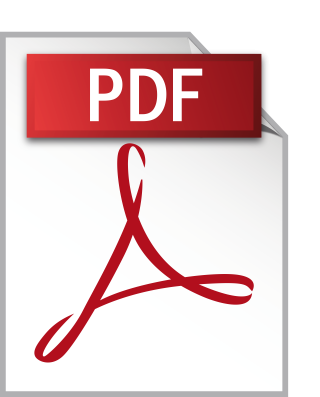 INTERN-NET 2.0: ENHANCED STUDENT INTERNSHIP MANAGEMENT SYSTEM
INTERN-NET 2.0: ENHANCED STUDENT INTERNSHIP MANAGEMENT SYSTEM
by Allen Jamison Baral Mendoza; Von Mathew Balboa San Luis • 2025
Internships are pivotal in bridging academic learning with practical application, fostering professional development among students. At Batangas State University ARASOF – Nasugbu, the traditional manual processes of internship management posed challenges, including cumbersome paperwork and ineffective communication between stakeholders. The development of Intern-Net 2.0 aimed to modernize and optimize these procedures through a web-based platform integrating features such as job postings, Daily Time Record (DTR) management, and real-time communication. The study employed a descriptive-developmental methodology, following an Agile approach to design, develop, and evaluate the system. Key phases included requirement gathering, iterative development, rigorous testing, and deployment. The use of tools like PHP, MySQL, and XAMPP facilitated the creation of a dynamic and user-friendly platform. Surveys and interviews were conducted to assess the system's usability and acceptance among interns, coordinators, and company representatives. Evaluation results revealed high levels of user acceptance, with features such as ease of use (4.68), security (4.70), and communication facilities (4.80) rated as highly acceptable. The system significantly improved efficiency in tracking attendance, managing applications, and generating performance reports. Conclusions highlight that Intern-Net 2.0 effectively addresses the challenges of manual processes, providing a scalable solution to enhance internship management. Recommendations include further integration of analytics, mobile application support, and scalability for broader adoption across universities.
